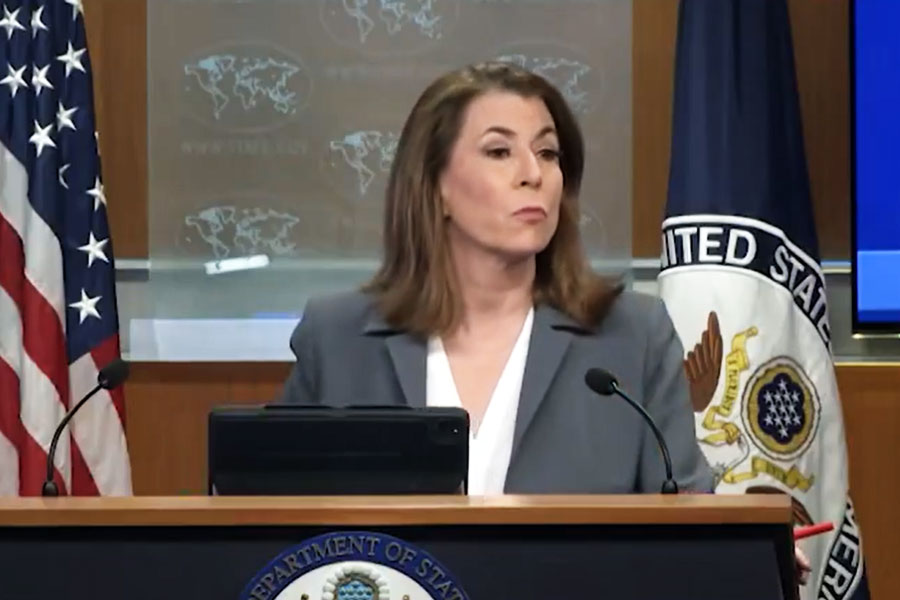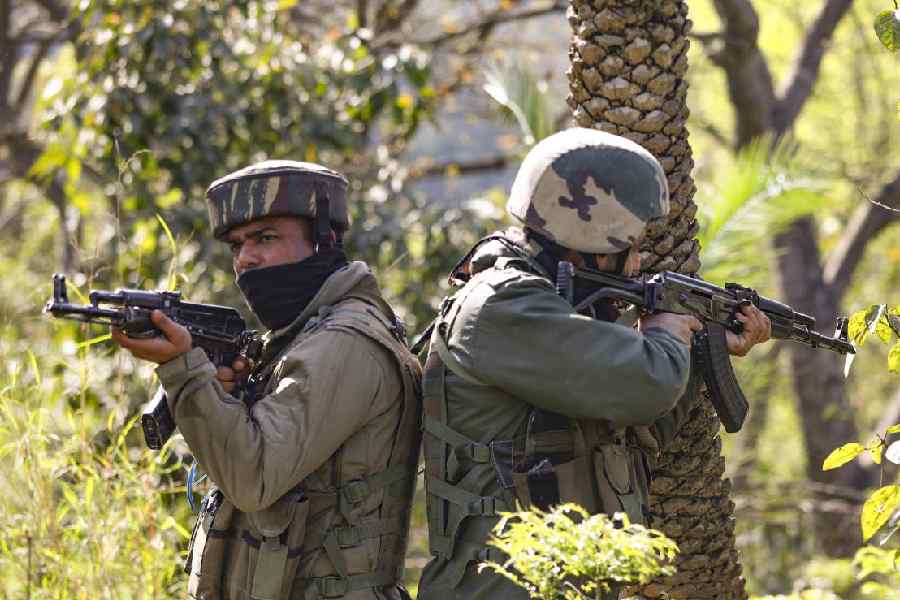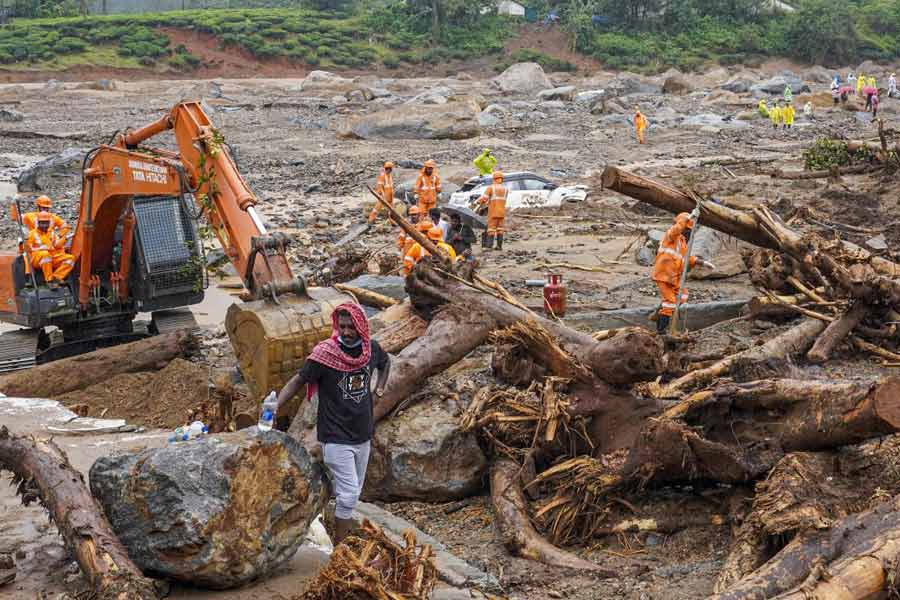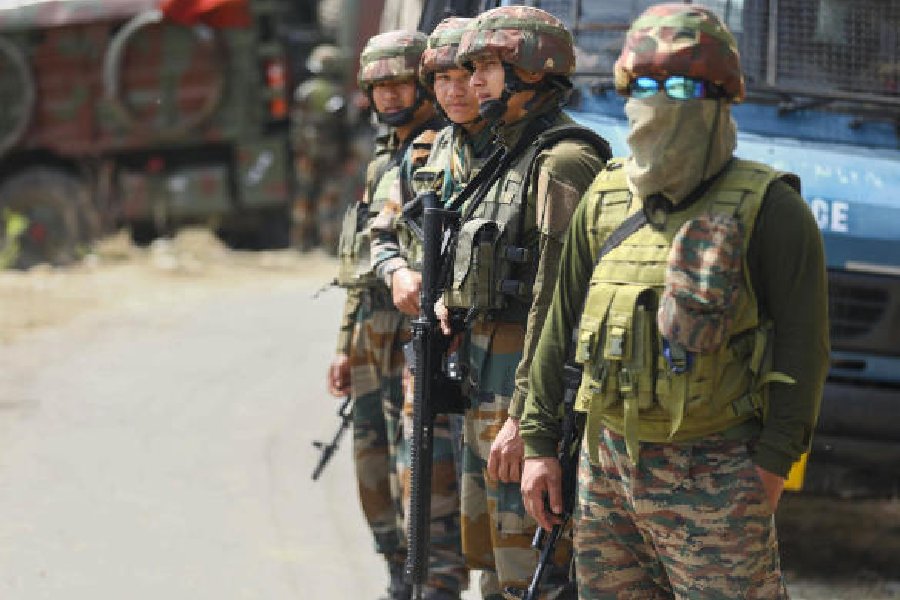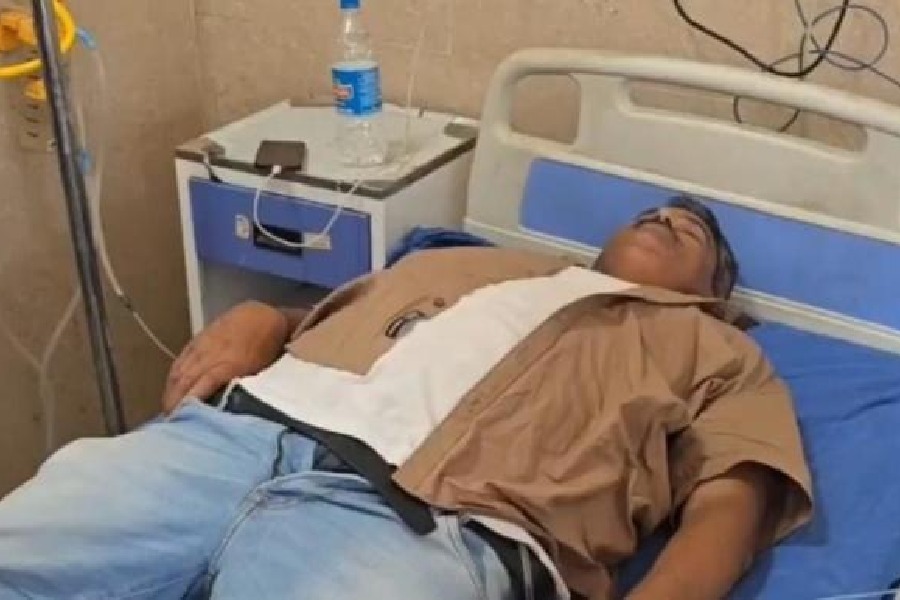 |
| The Cole Park in Tezpur. Picture by S.H. Patgiri |
THE TEZPUR FESTIVAL was a mega event in the city of eternal romance. This was the second edition of the festival and saw even bigger crowds than the first. Tezpur is a beautiful place, famous also for the legendary love story between princess Usha, the daughter of king Bana and Aniruddha, the grandson of Krishna.
Tezpur is known for this and more. The land is steeped in history. The picturesque city of Tezpur is still alive with Agnigarh Hill, Podum Pukhuri, Laksminath Sorobor, Chitralekha Udyan, Trimirti Udyan, Mahabhairab, Bhairabi, Haleswar Temple and Kalia Bhomora Setu. The ancient and modern Tezpur sing in concordance.
Situated on the north bank of the river Brahmaputra, Tezpur, in Sonitpur district, has profound historical importance. In the Hindu epics and Pauranik and Tantrik literature, there are numerous references to ancient Sonitpur. The district has been a seat of culture since early period.
Even today, it occupies a special place owing to its cultural heritage. Some people of this region have achieved extraordinary feats. Others have worked extensively for the welfare of society, propagated education and contributed heavily for the freedom of the land. Its culture and civilisation, if studied properly and understood, can be the object of great interest and admiration.
Tezpur or Sonitpur, with green flora and fauna and blue hills, is qualified to be the most beautiful area in the Brahmaputra valley of Assam. Attracted by the natural landscape and its neighbourhood, Mahatma Gandhi commented, “I am writing these notes from Tezpur, on the banks of the Brahmaputra. I have seen the gorgeous scenery on the Thames, but I cannot recall anything superior to the lavishness with which nature has decorated the great stream on whose bank I am writing these notes.”
The Tezpur sub-division of Darrang district was separated and was declared as Sonitpur on June 14, 1983. The north of the district, situated at the foot of the Himalayas, is covered with thick forests and in the south the Brahmaputra flows from the extreme east to west. On the west lies Darrang district and on the east Lakhimpur.
That Sonitpur has historical importance is evident from the fact that once it was the capital of the vast kingdom of Kamarupa. The kings of Pragjyotishpur from Pusya Varmana in the third or fourth century AD to Joypala in the 12th century, fall into three dynasties, founded by Pusya Varmana, Salastambha and Brahmapala respectively. They claim their descent from Naraka-Bhagadatta and called themselves Pragjyotishadhipati. There are a number of evidence in the inscriptions and copper plates which prove that right from the accession of the throne by Salasthamba, Haruppeswara, the place which is located near a rocky town of modern Tezpur of Sonitpur district, was used as the capital of the kingdom.
According to B.K. Kakoti, Salastambha was a Melecha king though he claimed descent from Bhaskarvarmana and he shifted his capital to Haruppeswara owing to infamy of descent. The other source says that king Abantivarman of Salastambha dynasty shifted the capital and named it Haruppeswara, which means “a place for the prayer of Hara or Shiva”. King Abantivarman built several temples and monuments to adorn the capital city among which Bhairavgiri, Bishnugiri and Brahmagiri are notable.
The temple ruins, with carved stone doorframe in the village of Da-Parbatia, very close to the modern town of Tezpur, belongs to the 16th century AD. It was a Shiva temple (Hatappeswara) and the city might have been named after the name of the temple. The beautiful doorframe of Da-Parbatia Temple bears the figure of river goddess Ganga and Jamuna. Each goddess stands in an elegant posture, with a garland in hand. Elegantly and gracefully carved, these figures bear the fine specimens of sculpture of the ancient period.
Some of the ruins found in Tezpur have been assigned to a huge sun temple. Harjara Barman and his son Vanamala were renowned kings of Hatappeswara. Both of them were great builders. Numerous ruins of temples and palaces of their times testify their patronage of sculpture and architecture.
Both were worshippers of Shiva. Harjaravarman himself excavated a large tank within the city, which is still known as Harjara Pukhuri. It must have been excavated in the early part of the ninth century AD. This is the third largest tank in Assam valley, which covers an area of about 70 acres of land. It is slightly smaller than the Sivasagar and Joysagar tanks, constructed by Ahom kings. The first portion of the Tezpur rock inscription of king Harjaravarman runs as follows. “May the reign of his most gracious majesty Harjaravarman be a glorious one”. In this inscription, Harjaravarman has been given the title of “overlord”, the great king.
During the reign of Vanamala, the capital was extended from the Bamuni Hills in the east to Da-Parbatia in the west. When Brahmapala was elected king, he erected his new capital and named it Durjoya. The city was well protected and believed to be unconquerable. So it was named Durjoya. The present Singri of Sonitpur district is probably the place of the ancient kingdom Durjoya.
One of the important spots of archaeological interest is the Bamuni Hill, near Tezpur. The area still contains the ruins of temples, which were dedicated to gods like Shiva and Vishnu. According to Kalika Purana, demon king Bana was born in Sonitpur in the later part of Dapara era. Bana, the great devotee of Shiva, had a thousand arms and he was the friend and contemporary of Narakasur. From Haribansha and Puran, we learn that thousand-armed Bana, having brought the whole of the neighbouring country to his subjugation, founded his capital in Sonitpur. Bana was also known as Daitya, Danava and Asura.
However, the location of Sonitpur, the capital of Banasura is not free from controversy. The Assamese identify ancient Sonitpur with modern Tezpur. On the other hand, a statement in a dictionary, called Trikandha-Sasha, points to Deokot in Dinajpur as the ancient site of Sonitpur. After being defeated at the hand of the Yadavas, Bana came to the far east and founded his capital in Assam with the same name Sonitpur.
The pre-historic archaeology and other evidences associated with the name of Bana, however, prove the historical character by his name as a king of Sonitpur.
There are ruins said to be those of Banasura’s fort. Besides, there are several other temples of remote antiquity.


